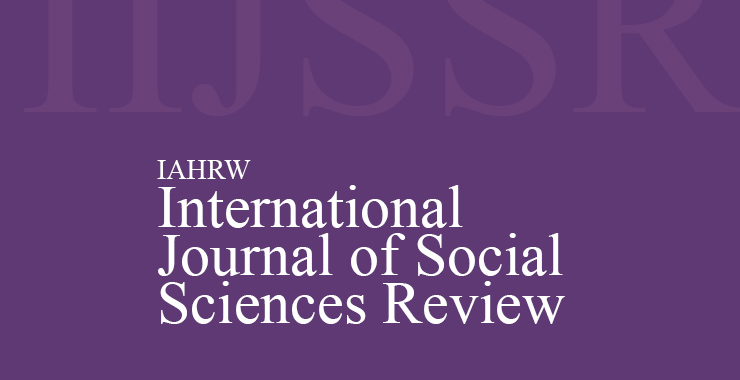How We Draw the Line: Cognitive Styles and Intergroup Attitude
Original price was: ₹ 201.00.₹ 200.00Current price is: ₹ 200.00.
Page: 690-698
Aditi Pande and Namita Pande (Department of Psychology, University of Allahabad, Prayagraj, Uttar Pradesh)
Description
Page: 690-698
Aditi Pande and Namita Pande (Department of Psychology, University of Allahabad, Prayagraj, Uttar Pradesh)
This study examines the influence of category width cognitive style on intergroup attitude. Category width, reflecting the inclusivity of categorization, was assessed using Pettigrew’s (1958) Category Width Estimation Scale, which classifies participants as Narrow, Intermediate, and Broad Categorizers. We hypothesized that narrower categorization would foster more positive attitudes toward outgroup members due to individuated processing. Intergroup attitude was measured with a 31-item Intergroup Attitude Scale, with higher scores indicating more positive/favourable attitude towards the outgroup (here Muslims). Descriptive trends showed Narrow Categorizers as having the most positive intergroup attitude, followed by Intermediate and Broad Categorizers. A Univariate ANOVA revealed a statistically significant effect of categorization style on intergroup attitude with a small but notable effect size. Tukey’s HSD post hoc test revealed that Narrow Categorizers reported significantly more positive attitude than Broad Categorizers, while the difference between Narrow and Intermediate Categorizers approached significance. These findings suggest that narrower categorization may reduce reliance on group-based stereotypes, fostering more favourable intergroup attitude, potentially due to a more individuated processing style. In contrast, broader categorization may facilitate stereotype-driven evaluations in contexts of high intergroup salience. Results are discussed in the context of social identity theory and cognitive processing, highlighting implications for prejudice reduction in diverse societies.

